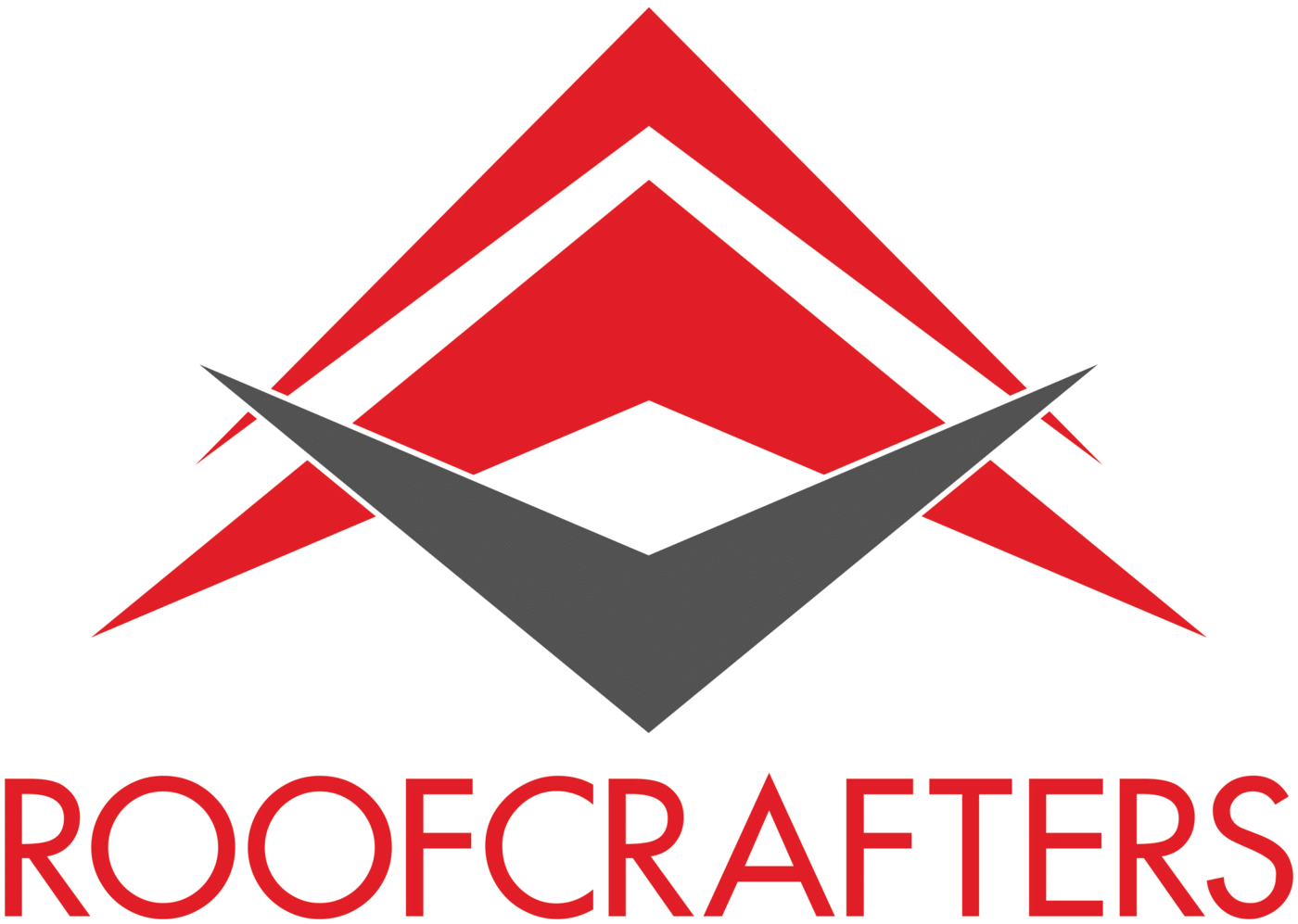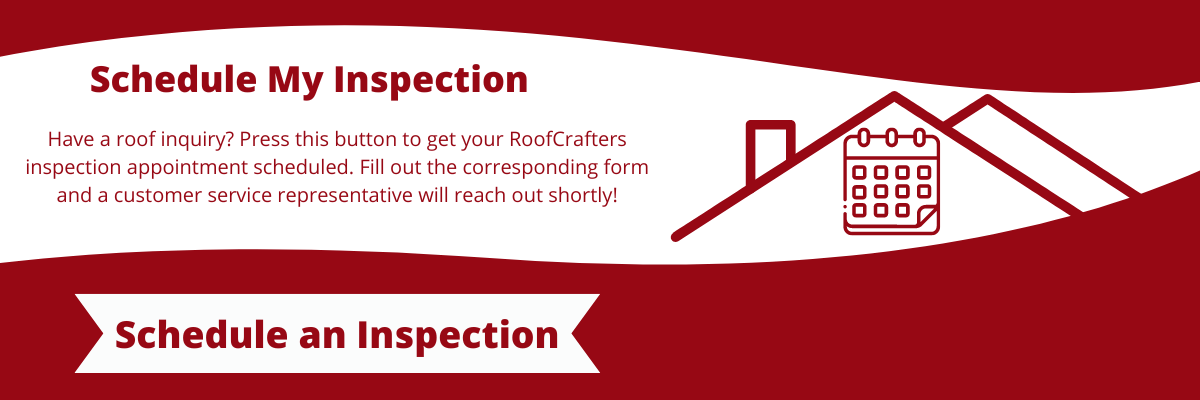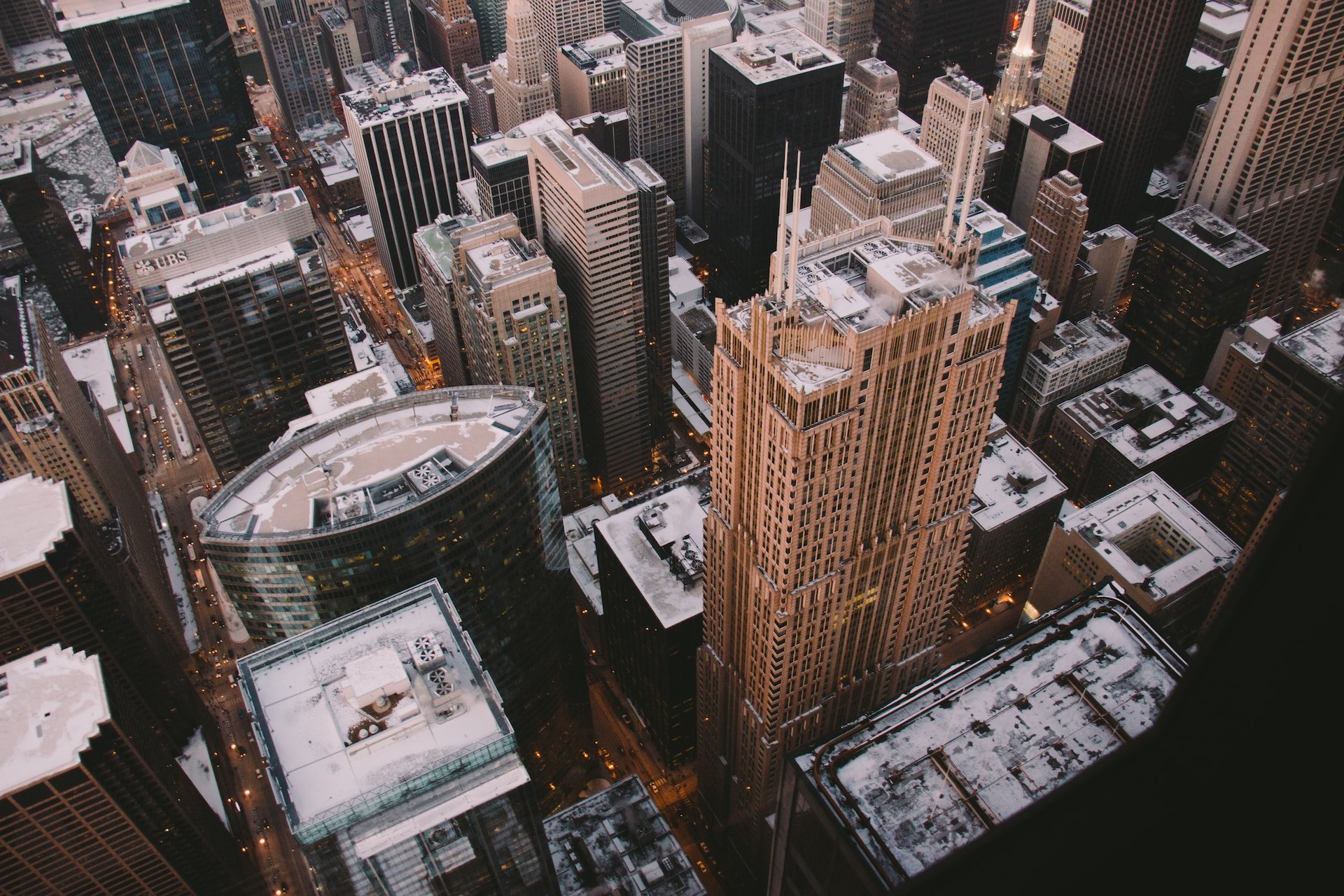
Commercial metal roofs are renowned for their durability, longevity, and resilience, making them a popular choice for a wide range of businesses and industries. However, even the sturdiest of roofs can face wear and tear over time due to factors like weather, environmental conditions, and regular use. When these roofs require repair, business owners need to understand the factors influencing the costs associated with such repairs. Okay, but how much is this going to cost?
I’m glad you asked! At RoofCrafters, we know that commercial metal roof repair costs can vary significantly based on a variety of elements, including the extent of damage, the type of metal roofing system, the complexity of the repair work, and the choice of repair materials and methods. By delving into the factors that contribute to these costs, you can make informed decisions that balance the need for effective repairs with budget considerations in mind.
Ensuring the continued protection of your most valuable asset and the sustained functionality of your commercial space is of the utmost importance. That being said, in just a few short moments, you’ll learn what a commercial metal roof repair is, the costs associated with the most common types of metal systems, and what your next steps look like. So, let’s get started!
Commercial Metal Roof Repair
The type of metal roofing and the overall condition of the metal roofing on your commercial property will be one of the main factors that go into determining if the metal roof can be repaired or should be replaced. After performing a thorough commercial roof inspection, a skilled metal roof repair contractor will be able to provide you with the answers.
Because all of the different metal options have unique qualities, they are typically chosen depending on the overall performance needs that are required for a specific geographical area and the overall lifespan desired. Some metal roofing lasts much longer in certain climates or geographical areas.
Repairing them also requires extensive metal roofing knowledge and different skill sets depending on which metal type is on your commercial building. Therefore, commercial roof repair costs will vary depending on the different factors. Let’s go over the different metal materials first and then learn about the repair options!
Common Types of Metal Used For Commercial Roofing And The Average Cost For Each
- Copper metal roof - average cost is $22.33 to $31.18 per square foot.
- Lead metal roof - average cost is $19.78 to $28.51 per square foot
- Zinc metal roof - average cost is $18.63 to $26.97 per square foot
- Terne metal roof - average cost is $17.25 to $24.43 per square foot
Copper
Copper is one of the true lifetime metal roofing material options available today. Being one of the rarest of the metal materials used for commercial roofing combined with its non-corrosive or rust-free qualities, this also makes it one of the more costly metal materials used for commercial properties. Copper has often been used in government buildings, financial institutions, and places of worship. The oldest copper roof on record was installed on the Christ Church in 1727. Copper Adds Elegance to North American Historic Landmarks, even when used for an accent roof such as in the photo below.
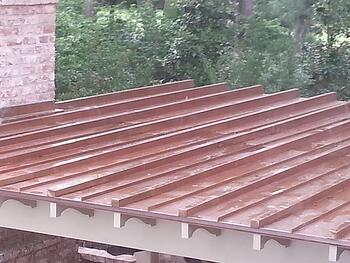
Because of its workability and the beauty from the copper aging or turning patina, paired with its longevity, copper has been one of the most prestigious metal roofs of our time. Repairing copper takes extreme craftsmanship and extensive metal knowledge. Seams and joints on copper are soldered. Once the copper patinas, the copper has to be cleaned back to its original form to receive the solder. This can be a very delicate and difficult task but for a skilled metal expert, it is achievable.
Lead Metal Roofing
Lead roofing is another one of the top materials used on special and unique roofing projects. Most lead roofs have either a copper or zinc base with a lead-coated finish. This helps to cut down on the overall weight without losing its insulating features. Lead can be molded to shape and fit special roof designs. It is most commonly used on low slopes or flat roof areas. It provides a weathered silver finish that withstands all the UV rays from the sun and is a non-corrosive material. Because of this, lead is one of the longest-lasting metal materials available for roofing projects.
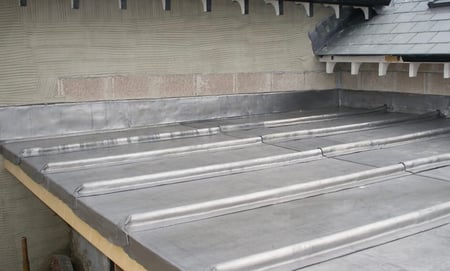
Lead is used on commercial buildings and performs extremely well around harsh saltwater weather conditions. If you live on or near the saltwater then you know just how harsh the saltwater can be, it destroys most materials in little to no time at all. Repairing this roof is somewhat similar to the copper roof in that its seams and joints get soldered. However lead is a little easier to clean, nonetheless, it still requires a skilled metal roof repair expert to tackle the task.
Zinc Standing Seam Metal Roofing
Zinc metal roofing is commonly used in standing seam metal roof installations. It is more popular in the European market but has become a very popular roof system here in the United States. Rheinzink, based in Germany is the world’s leading producer of zinc roofing materials. It is a non-corrosive material, it won’t rust, and it is also fire-resistant and fungus-proof. Zinc is also a very flexible material that makes it easy to form and flash very difficult areas on your commercial building.
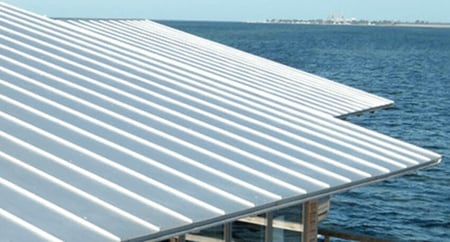
With the proper installation and underlayment, a zinc roof system will last up to 100 years. When it patinas it turns to a beautiful natural silver-gray color. Repairing a zinc roof is much like the copper and lead where the seams and joints typically need to be soldered. Cleaning and preparing the zinc roof for repair is the most critical part of the job. Again hiring a skilled commercial metal roof repair company is imperative to salvaging the roof system and making a successful repair, instead of replacing the entire roof.
Terne Metal (Tin Roofing)
Terne metal is commonly referred to as tin roofing. Terne is an old English word for tin or “the metal.” A tin roof has a steel base or core coated with a tin alloy finish. This roof is not as popular as the previously mentioned metal because it does require maintenance. Once the tin alloy coating wears off it will need to be coated to protect the steel from the weather elements or it will rust.
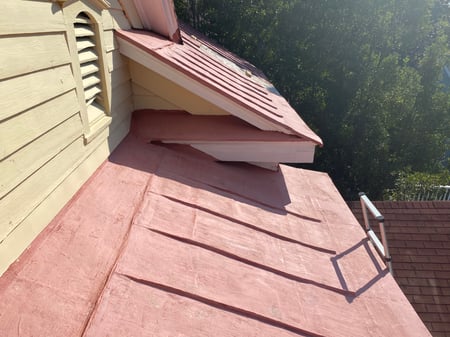
If the roof has been properly maintained throughout its life, repairing the roof can be done with less difficulty. The existing condition of the metal plays the biggest role in whether the roof can or even should be repaired. Without having been properly maintained I have seen many of these commercial metal roofs past the point of being able to perform a successful repair. This typically shows up by the metal being completely rusted out in large sections in multiple areas on the roof.
Ready for Your Commercial Metal Roof Repair?
As you now know, the process of repairing a commercial metal roof is a crucial undertaking that demands careful planning, skilled execution, and a commitment to long-lasting results. Throughout the repair journey, it's evident that thorough assessment, identification of issues, and selection of appropriate repair methods are pivotal steps to ensure the structural integrity and longevity of the roof.
Effective repair begins with a comprehensive inspection to accurately diagnose the extent of damage, including identifying leaks, rust, corrosion, or loose seams. Armed with this information, the selection of repair materials and techniques becomes paramount. Whether it involves patching up small areas, resealing seams, replacing damaged panels, or addressing underlying issues like poor insulation, a tailored approach is key to achieving optimal results.
Here at RoofCrafters we have been sharing our metal roof knowledge and performing commercial metal roof repairs for our many clients in South Carolina, Georgia, and Florida for 30 years and counting. If you would like one of our professional commercial roofing estimators to come out and perform a thorough roof inspection on your commercial metal roof, click the schedule an inspection button below and we look forward to helping you soon.
At RoofCrafters, our mission is to provide job opportunities for others to thrive and grow while making a meaningful impact within our communities.
